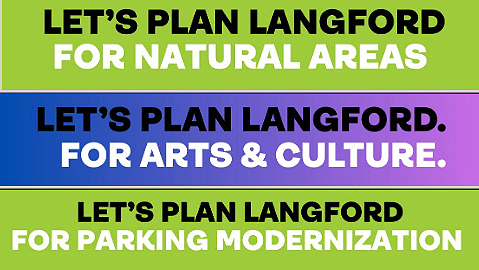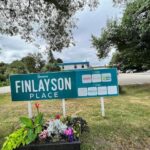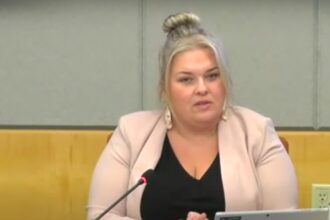In a bold move toward community-driven urban planning, the City of Langford has launched an extensive public consultation process focused on preserving and enhancing the municipality’s natural spaces. The initiative, which began earlier this week, marks a significant shift in how the rapidly growing Vancouver Island community approaches development while balancing environmental concerns.
“This isn’t just about checking a box for public input,” explains Langford Mayor Scott Goodmanson. “We’re genuinely seeking to understand what residents value most about our natural environment and how we can protect these spaces while accommodating our growing population.”
The consultation addresses several interconnected priorities that have emerged as critical concerns for Langford residents. Natural spaces preservation stands at the forefront, but the initiative also tackles parking solutions and arts and culture development – all elements that contribute to the city’s livability and character.
Langford’s approach represents a notable evolution in municipal governance for the city, which has experienced one of British Columbia’s fastest growth rates over the past decade. The development boom has transformed what was once a sleepy bedroom community into a vibrant urban center, bringing both economic benefits and growing pains.
City Councillor Mary Wagner notes that finding balance is key: “We’ve heard clearly from residents that while they appreciate the economic opportunities that come with growth, they don’t want to lose what makes Langford special – our forests, lakes, and green spaces that provide recreation and environmental benefits.”
The consultation process features multiple engagement channels, including online surveys, in-person town halls, and focused discussion groups. Environmental experts from nearby universities will participate, offering technical guidance on ecological preservation strategies that have proven successful in similar rapidly developing communities.
Data collected through this process will directly inform Langford’s updated Official Community Plan, which will guide development decisions for the next decade. Special attention is being given to environmentally sensitive areas, potential parkland acquisitions, and green corridor preservation.
Local environmental advocate Thomas Chen, who has frequently criticized past development decisions, cautiously welcomes the initiative. “The proof will be in what actions follow this consultation. But opening these conversations in a meaningful way is certainly a positive step.”
Residents can participate through the city’s newly redesigned engagement portal or attend in-person sessions scheduled throughout September and October. The consultation period will remain open until November 15, with preliminary findings expected to be presented to council before year-end.
As communities across Canada grapple with balancing growth pressures and environmental preservation, Langford’s comprehensive approach to public consultation may offer valuable insights. The question remains: can rapidly growing municipalities find development models that satisfy economic needs while preserving the natural spaces that give these communities their unique character and livability?










